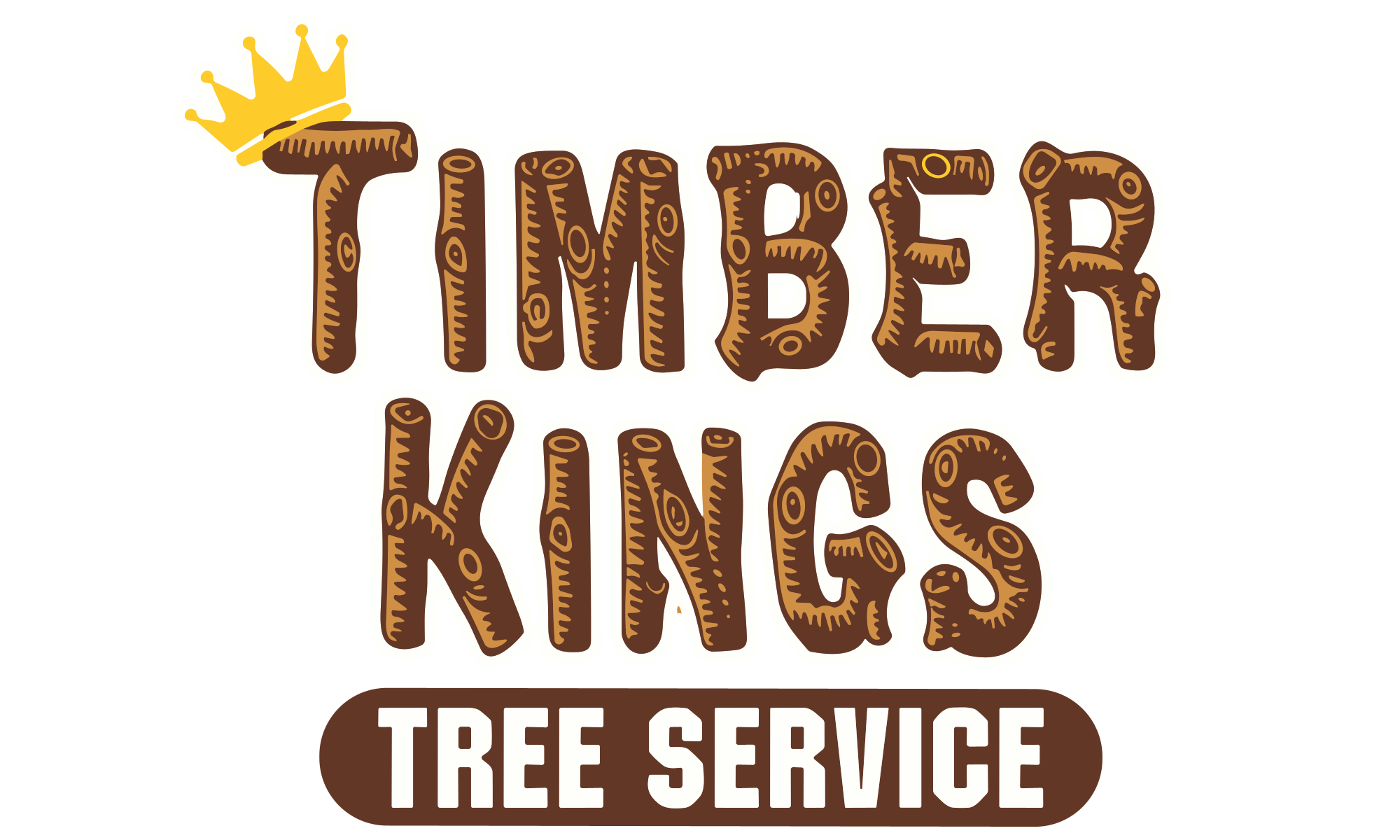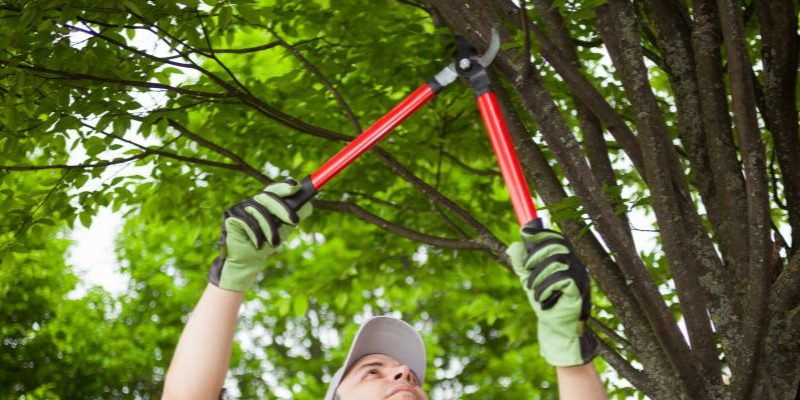Trees, the silent guardians of our landscapes, provide countless benefits to both humans and the environment. From purifying the air we breathe to offering shade on scorching summer days, trees enhance our lives in myriad ways. However, to ensure their health, safety, and longevity, regular tree trimming is essential. In this comprehensive guide brought to you by Timber Kings Tree Service, we’ll delve into the importance of tree trimming, exploring its benefits, techniques, and how it contributes to the well-being of both trees and the communities they inhabit.
Table Of Content
Understanding the Significance of Tree Trimming
The Benefits of Tree Trimming
Tree trimming is a crucial aspect of tree care that offers numerous benefits, including:
- Promoting Tree Health: Regular trimming removes dead, diseased, or damaged branches, allowing trees to allocate resources more efficiently to healthy growth.
- Enhancing Safety: Trimming reduces the risk of falling branches, limb failure, and other hazards that can pose threats to property and people, especially during storms or high winds.
- Maintaining Aesthetic Appeal: Trimming helps shape trees, maintain their natural form, and enhance their overall appearance, contributing to the beauty of the landscape.
- Preventing Property Damage: Trimming trees away from structures, power lines, and other property can prevent damage caused by overhanging branches and root intrusion.
- Encouraging Fruit Production: Strategic pruning can stimulate fruit production in fruit-bearing trees, leading to higher yields and improved fruit quality.
- Boosting Tree Longevity: By removing diseased or weakened branches and promoting healthy growth, tree trimming can extend the lifespan of trees and ensure their continued vitality.
Techniques in Tree Trimming and Pruning
1. Crown Cleaning: Removing Dead or Diseased Branches Crown cleaning involves selectively removing dead, diseased, or dying branches from the tree’s canopy. This technique improves air circulation, reduces the risk of disease spread, and promotes overall tree health.
2. Crown Thinning: Enhancing Light Penetration and Airflow Crown thinning involves selectively removing inner branches to reduce canopy density and improve light penetration and airflow. This technique helps prevent wind resistance, reduces the risk of storm damage, and promotes healthy growth throughout the canopy.
3. Crown Raising: Elevating the Lower Canopy Crown raising involves removing lower branches to raise the canopy and provide clearance for structures, pedestrians, or vehicles. This technique improves visibility, enhances access, and reduces the risk of interference with utility lines or buildings.
4. Crown Reduction: Decreasing Canopy Size Crown reduction involves selectively removing branches to reduce the overall size of the canopy. This technique is used to manage tree size, balance growth, and alleviate stress on weak or overextended limbs.
5. Directional Pruning: Guiding Growth Patterns Directional pruning involves shaping the tree by selectively removing branches to influence its growth direction and structure. This technique is commonly used to train young trees, correct growth defects, and maintain desired aesthetics.
6. Hazard Pruning: Mitigating Safety Risks Hazard pruning involves removing branches that pose safety hazards, such as dead, broken, or overhanging limbs. This technique reduces the risk of property damage, injury, or accidents caused by falling branches.
7. Pollarding: Controlling Growth in Urban Settings Pollarding involves cutting back branches to the trunk or main branches, typically done annually to control tree size and promote dense foliage growth. This technique is commonly used in urban settings to manage tree growth and maintain aesthetics.
8. Vista Pruning: Enhancing Views Vista pruning involves selectively removing branches to improve views or create visual corridors. This technique is often used in landscaping to enhance vistas, preserve scenic views, and maintain property values.
9. Canopy Elevation: Creating Clearance Canopy elevation involves raising the overall height of the canopy by removing lower branches. This technique provides clearance for pedestrians, vehicles, or structures and reduces the risk of obstructions or accidents.
10. Structural Pruning: Strengthening Tree Structure Structural pruning involves selectively removing branches to improve tree structure, balance growth, and reduce the risk of limb failure. This technique is commonly used to train young trees and correct structural defects.
Final Wording
tree trimming is a vital component of tree care that promotes health, safety, and longevity. By employing various trimming techniques tailored to the specific needs of each tree, homeowners can enhance the beauty of their landscapes, mitigate safety risks, and ensure the continued vitality of their trees. For optimal results and peace of mind, consider investing in professional tree trimming services from Timber Kings Tree Service. With their expertise, experience, and commitment to quality, they’ll help you nurture nature’s giants and create thriving, sustainable landscapes for generations to come.
FAQ’s
Yes, tree trimming can promote healthy growth by removing dead or diseased branches, allowing the tree to allocate resources more efficiently to new growth. Proper trimming techniques also stimulate new growth and improve overall tree vigor.
Tree trimming benefits tree health by removing dead, diseased, or damaged branches that can harbor pests and disease pathogens. Trimming also improves air circulation and sunlight penetration within the canopy, promoting photosynthesis and nutrient uptake.
If trees are not trimmed regularly, they may become overgrown, develop weak or structurally unsound branches, and be more susceptible to disease and pest infestations. Neglecting tree trimming can also increase the risk of safety hazards and property damage.







